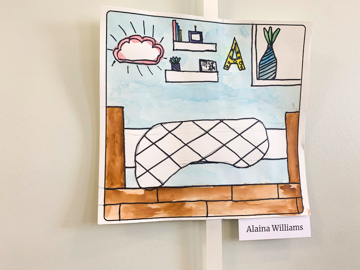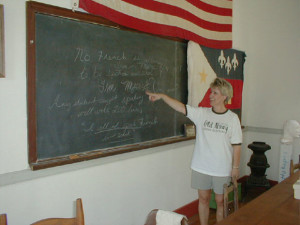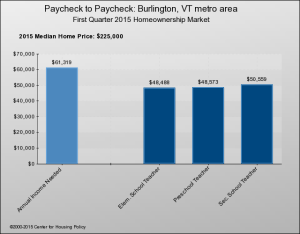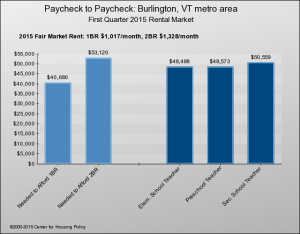After an incredible month of Fair Housing activities and sending out almost 1,000 HeART & Home Art Kits, the Fair Housing Project of CVOEO visited the Bent Northrop Memorial Library in Fairfield to see the community’s HeART & Home exhibit.
In recent years, CVOEO’s Fair Housing Project has expanded the reach for Fair Housing Month activities through a partnership with the Vermont Department of Libraries (VTLIB). This year, thanks to funding from the federal Institute of Museum and Library Services, VTLIB helped expand the HeART & Home Community Art project, which engages artists of all ages through guided Fair Housing art prompts and reflections questions.
The Bent Northrop Memorial Library rose to the occasion with its own HeART & Home student art exhibition. As part of the Working Communities Challenge’s Northwest Collaborative, the library partnered with the Fairfield Center School and the Northwest Regional Planning Commission to participate in the community art project. More than 50 pieces of art were displayed at the library. You can still catch the exhibition for a short time!




Especially as we adjust to the changing realities of COVID-19, we are incredibly grateful for the opportunity to see Fair Housing Month participants in person. In this unique exhibit, we observed how the third- and fourth-grade students of Fairfield Center School carried different interpretations of what home meant to them, from sharing bedroom floor plans, to windows overlooking their yard or neighborhood, fireplaces, pets, rolling hills, barns, and more. It’s clear that home is an unique and special place to each person.




The Bent Northrop Memorial Library exhibition captures the core of the HeART & Home project – home is a dynamic and very personal place, too complex to capture within a single person’s experience, but essential to each person’s self-expression.






